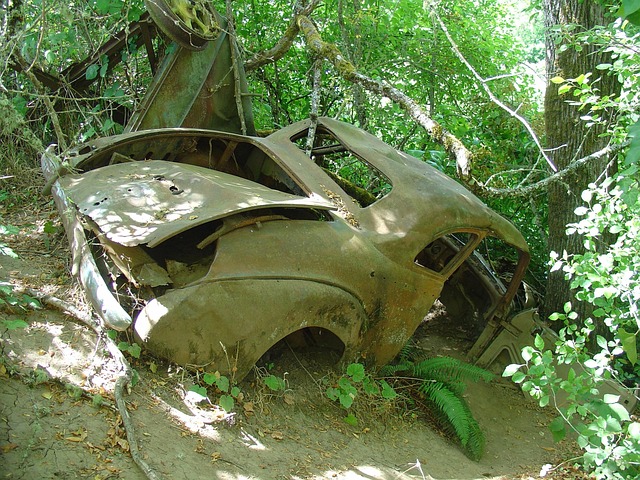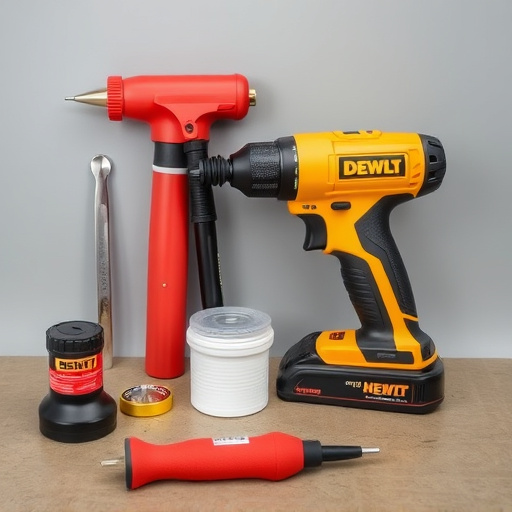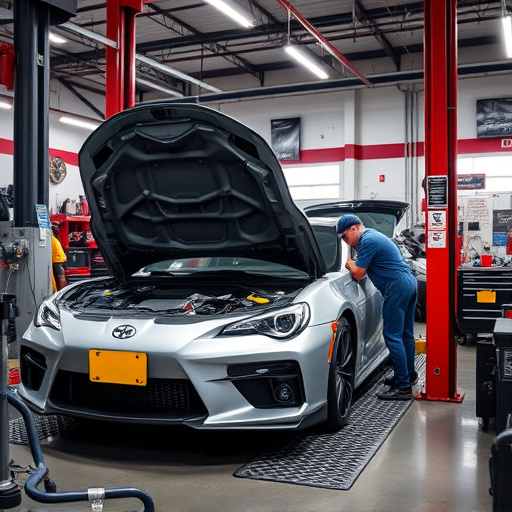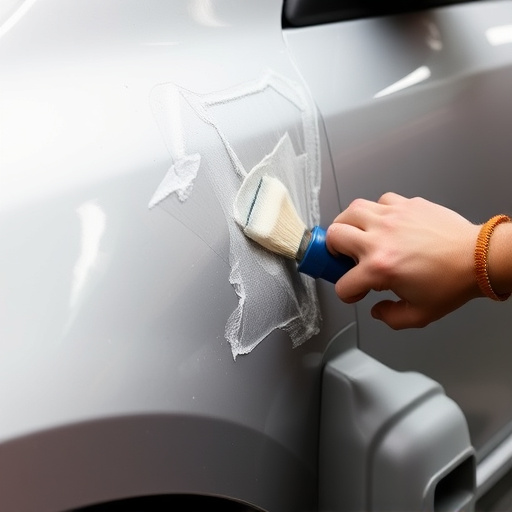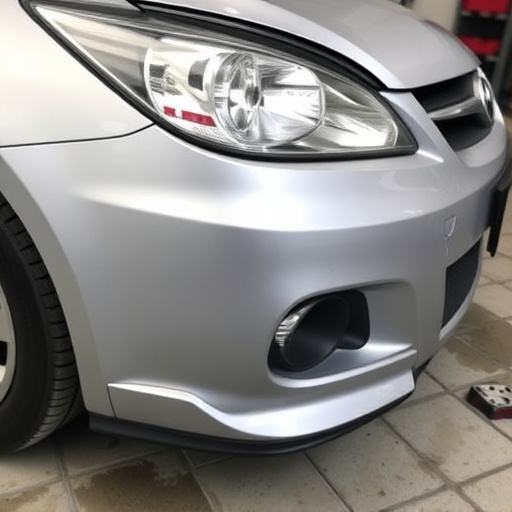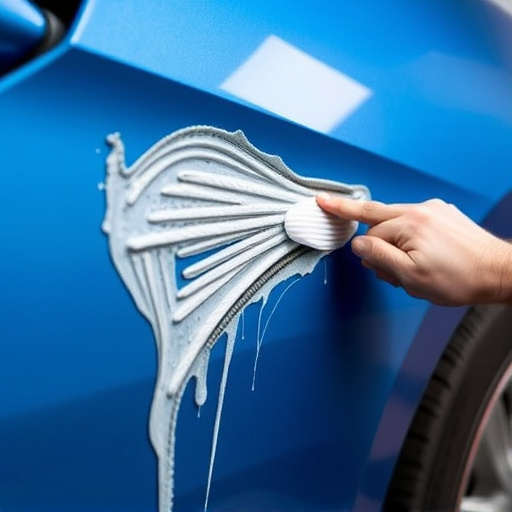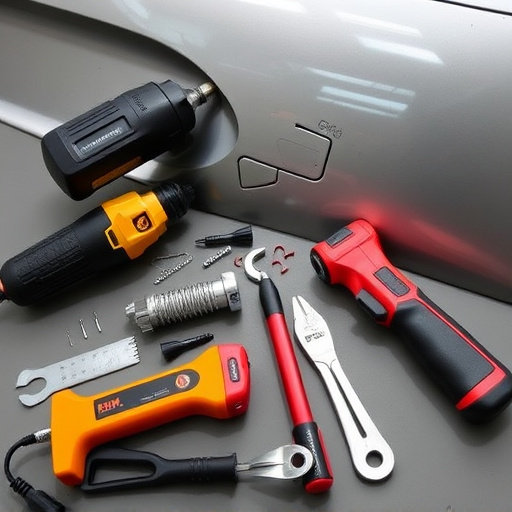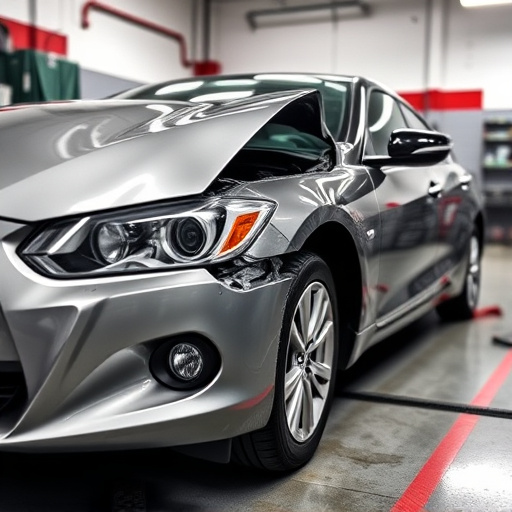Tesla owners facing electrical issues should follow a structured diagnosis process using diagnostic tools and software. Specialized Tesla collision centers provide advanced equipment and genuine parts for accurate repairs. Adhering to strict protocols, including component calibration and safety procedures, is crucial for optimal EV system performance and safety, differentiating Tesla repairs from conventional car repairs.
“Uncover the secrets to mastering Tesla electrical repair with our comprehensive guide. We delve into the intricate process of diagnosing and resolving electrical issues within these innovative vehicles. From identifying worn components to calibrating sensors, this article equips you with essential knowledge. Learn safe replacement techniques and fine-tune your skills for optimal performance. Discover how to navigate the complex landscape of Tesla repairs, ensuring your electric vehicle continues to deliver a seamless, efficient driving experience.”
- Diagnosing Tesla Electrical Issues Effectively
- Replacing Worn Components Safely
- Calibrating Sensors for Optimal Performance
Diagnosing Tesla Electrical Issues Effectively
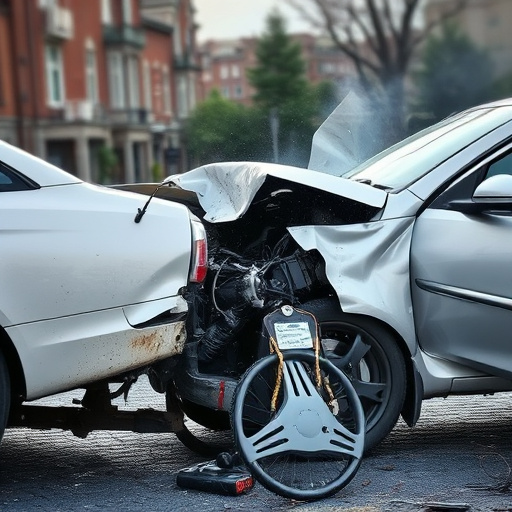
When it comes to diagnosing Tesla electrical issues, owners should approach it with a systematic process. Start by identifying the specific component or system that may be causing problems using diagnostic tools and software designed for Tesla vehicles. This could involve scanning for error codes, monitoring voltage levels, and checking for any unusual patterns in the vehicle’s performance. A well-equipped Tesla collision center can provide specialized Tesla electrical repair services, leveraging advanced equipment to pinpoint issues accurately.
Effective diagnosis often requires a deep understanding of electric vehicle (EV) systems, as well as access to genuine Tesla replacement parts. Professionals in a reputable collision center are trained in handling these intricate systems and can perform component calibration to ensure everything functions optimally. This may include recalibrating sensors, checking battery health, and replacing faulty parts, ultimately addressing the root cause of any electrical malfunction.
Replacing Worn Components Safely
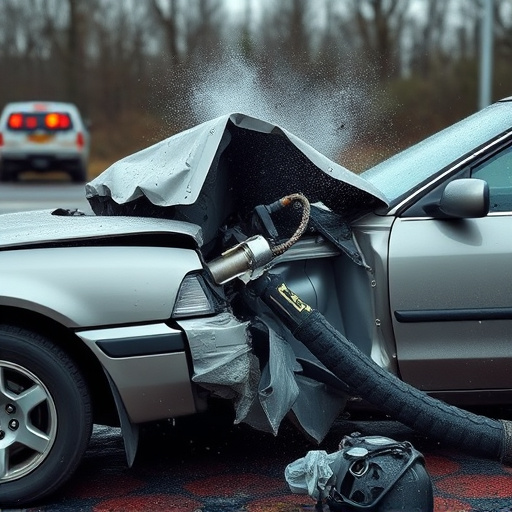
When performing Tesla electrical repairs, replacing worn components is a critical step that requires careful consideration and expertise. It’s crucial to source genuine or approved replacement parts to ensure compatibility and maintain the vehicle’s safety systems. Before installing new components, technicians should thoroughly inspect the existing ones, identifying signs of damage, corrosion, or malfunction. This meticulous process involves checking for loose connections, damaged wires, and faulty sensors, addressing any issues before proceeding.
Safety is paramount when dealing with electric vehicles like Tesla. Proper procedures include turning off the power supply to the affected system and using insulated tools to prevent accidental shocks. In cases where components are severely damaged or outdated, such as worn-out batteries or corroded connectors, professionals may need to employ specialized equipment for frame straightening or car paint services to restore structural integrity and ensure optimal performance. Unlike conventional Mercedes Benz repair, Tesla electrical repairs demand a deeper understanding of advanced technologies to guarantee the vehicle’s overall efficiency and longevity.
Calibrating Sensors for Optimal Performance
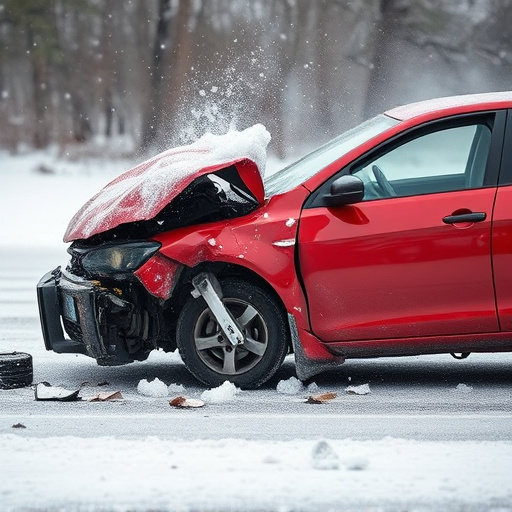
In the realm of Tesla electrical repair, sensor calibration is a critical step for achieving optimal performance and ensuring smooth operations. These sensors are the unsung heroes that govern various systems within modern electric vehicles, from regulating battery charging to monitoring driving dynamics. Calibration involves fine-tuning these sensors to provide accurate readings, which directly impacts the efficiency and safety of the vehicle.
For those involved in classic car restoration or luxury vehicle repair, understanding sensor calibration is paramount. Accurate settings not only enhance the overall performance but also contribute to the longevity of the vehicle’s electrical components. This process demands precision and specialized tools, making it a key aspect of Tesla electrical repair that sets professionals apart from enthusiasts.
In conclusion, mastering Tesla electrical repair and component calibration is key to ensuring these innovative electric vehicles operate at peak efficiency. By effectively diagnosing issues, replacing worn components with care, and calibrating sensors for optimal performance, owners can extend the life of their Teslas while enjoying seamless driving experiences. Remember, proper maintenance is a game-changer in the world of Tesla electrical repair.

